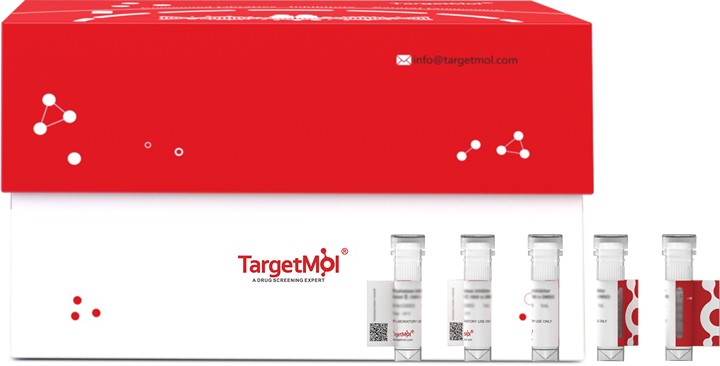Shopping Cart
- Remove All
 Your shopping cart is currently empty
Your shopping cart is currently empty

interferon alpha 5/IFNA5 Protein, Mouse, Recombinant (His) is expressed in HEK293 mammalian cells with His tag. The predicted molecular weight is 20.4 kDa and the accession number is Q810G2.

| Pack Size | Price | Availability | Quantity |
|---|---|---|---|
| 100 μg | $462 | In Stock |
| Biological Activity | Measured in antiviral assays using L929 cells infected with vesicular stomatitisvirus (VSV). The ED50 for this effect is 0.02-0.1 ng/mL. |
| Description | interferon alpha 5/IFNA5 Protein, Mouse, Recombinant (His) is expressed in HEK293 mammalian cells with His tag. The predicted molecular weight is 20.4 kDa and the accession number is Q810G2. |
| Species | Mouse |
| Expression System | HEK293 Cells |
| Tag | C-His |
| Accession Number | Q810G2 |
| Synonyms | interferon-α,interferon, α5,interferon, alpha 5,IFNA5,Ifa5 |
| Construction | A DNA sequence encoding the mouse IFNA5 (NP_034635.2) (Met1-Glu189) was expressed with a C-terminal polyhistidine tag. Predicted N terminal: Cys 24 |
| Protein Purity | > 95 % as determined by SDS-PAGE |
| Molecular Weight | 20.4 kDa (predicted); 23.8 and 22.4 kDa (reducing conditions) |
| Endotoxin | < 1.0 EU/μg of the protein as determined by the LAL method. |
| Formulation | Lyophilized from a solution filtered through a 0.22 μm filter, containing PBS, pH 7.4. Typically, a mixture containing 5% to 8% trehalose, mannitol, and 0.01% Tween 80 is incorporated as a protective agent before lyophilization. |
| Reconstitution | A Certificate of Analysis (CoA) containing reconstitution instructions is included with the products. Please refer to the CoA for detailed information. |
| Stability & Storage | It is recommended to store recombinant proteins at -20°C to -80°C for future use. Lyophilized powders can be stably stored for over 12 months, while liquid products can be stored for 6-12 months at -80°C. For reconstituted protein solutions, the solution can be stored at -20°C to -80°C for at least 3 months. Please avoid multiple freeze-thaw cycles and store products in aliquots. |
| Shipping | In general, Lyophilized powders are shipping with blue ice. |
| Research Background | Interferon, alpha 5 (IFNA5) belongs to the alpha/beta interferon family. IFNA5 is the only IFNA subtype detected in normal liver, while a mixture of subtypes is observed in the liver tissue of patients with chronic hepatitis C. Interferons are produced by macrophages, IFN-alpha has antiviral activities. Interferon stimulates the production of two enzymes: a protein kinase and an oligoadenylate synthetase. IFN-alpha, the first cytokine to be produced by recombinant DNA technology, has emerged as an important regulator of growth and differentiation, affecting cellular communication and signal transduction pathways as well as immunological control. Originally discovered as an antiviral substance, the efficacy of IFN-alpha in malignant, viral, immunological, angiogenic, inflammatory, and fibrotic diseases suggests a spectrum of interrelated pathophysiologies. IFN-alpha emerged as a prototypic tumor suppressor protein that represses the clinical tumorigenic phenotype in some malignancies capable of differentiation. |

Copyright © 2015-2025 TargetMol Chemicals Inc. All Rights Reserved.